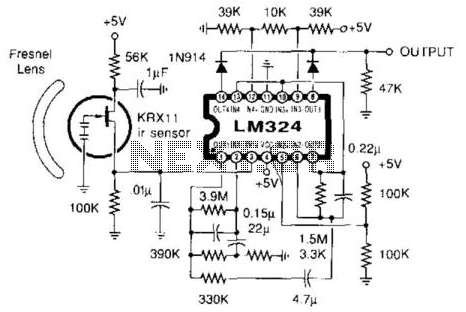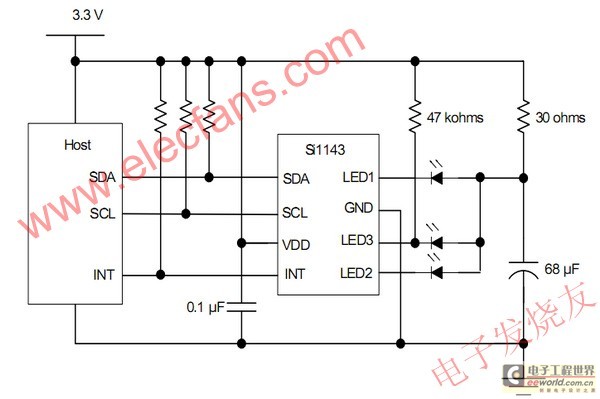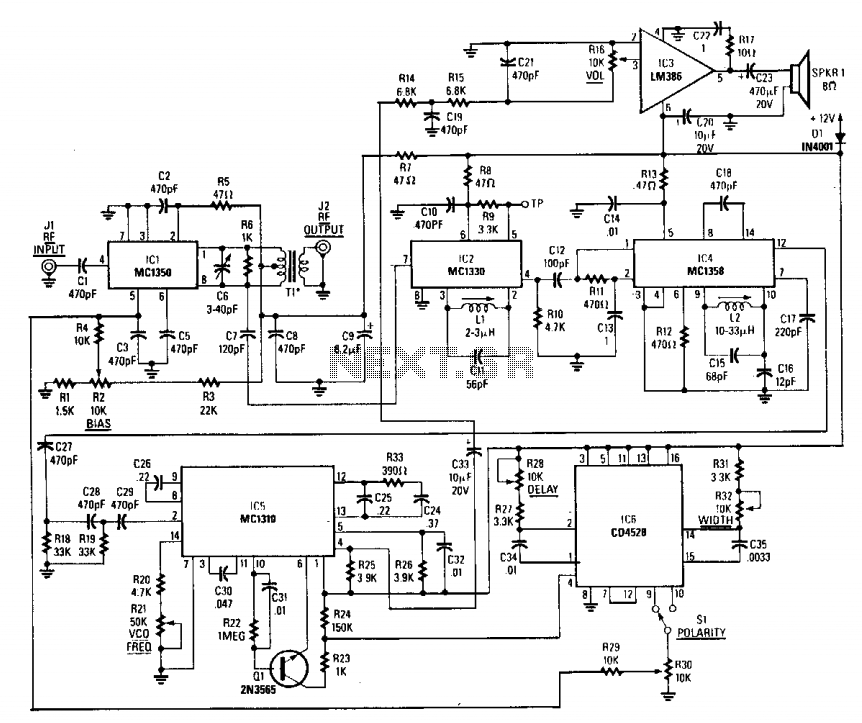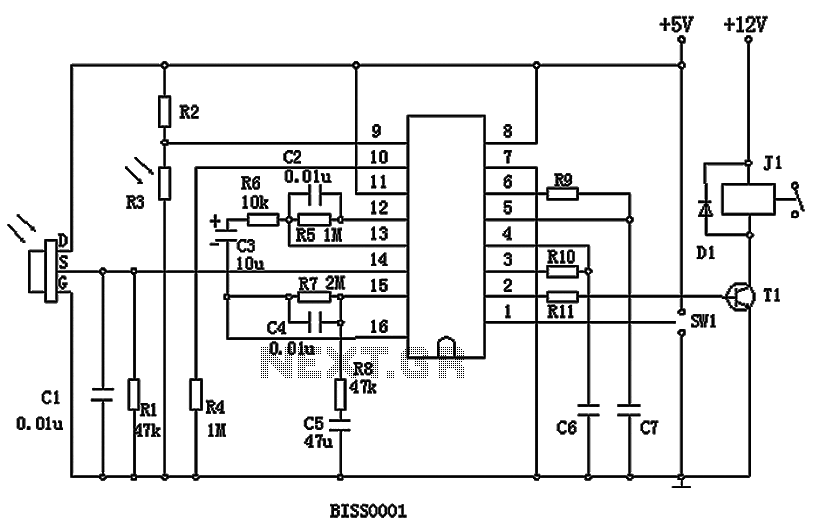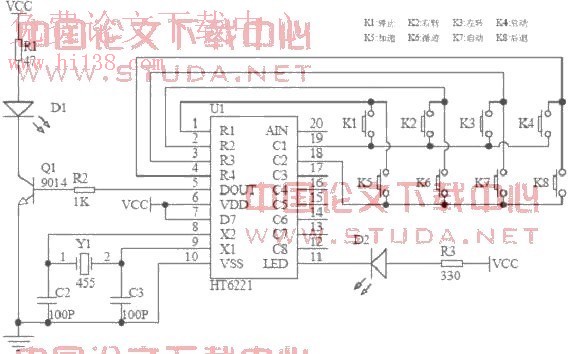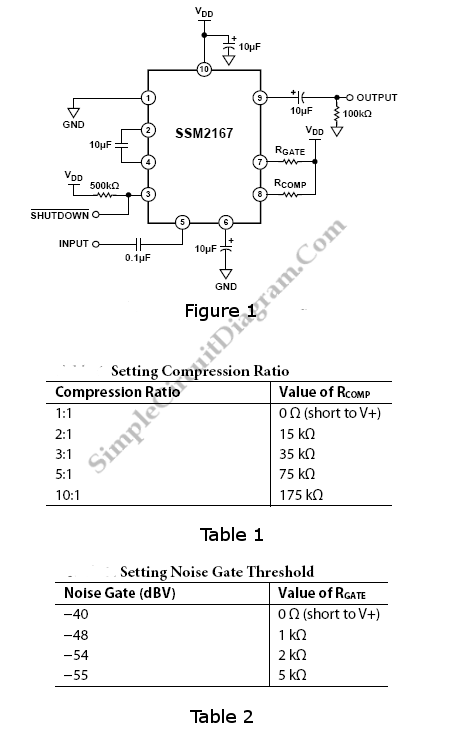
Infrared gate 2
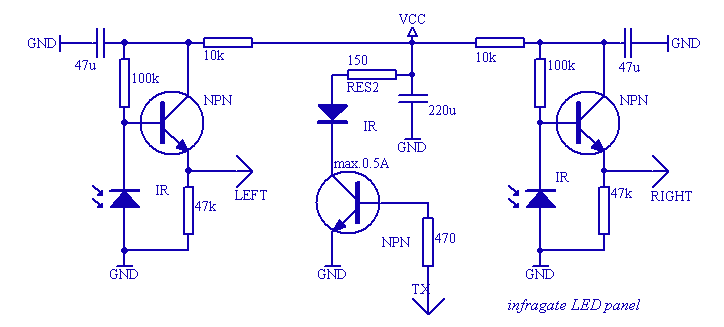
This is an infrared gate with two sensors planned to use in the wall in the way behind a door. It can be applied in a toilet to keep track of that someone is inside exceeding a certain amount of time. After that time elapsed, the circuit triggers the digital output which can turn on a ventilator. The time period the output is turned on can be separately controlled by a second timer.
The described circuit utilizes two infrared sensors strategically positioned to detect the presence of an individual within a specific area, such as a toilet. These sensors work by emitting and receiving infrared light; when an object (in this case, a person) interrupts the beam, the sensors send a signal to the control circuitry.
The control unit is designed to monitor the duration of the detected presence. If the individual remains within the sensor's range for longer than a predetermined time, the control unit activates a digital output. This output can be connected to a relay or a transistor switch that, in turn, controls a ventilator. The ventilator is intended to provide ventilation in the enclosed space, ensuring air circulation and comfort.
To manage the duration for which the ventilator operates, a secondary timer is integrated into the circuit. This timer can be set independently from the primary presence detection timer, allowing for flexibility in operation. For instance, the system can be configured to run the ventilator for a specified duration after the individual has exited the area, ensuring that the space is adequately ventilated even after the person has left.
Power supply considerations must be addressed, as the circuit will require a stable voltage source to operate the sensors, control unit, and the ventilator. Additionally, the design should incorporate appropriate protection mechanisms, such as fuses or circuit breakers, to prevent damage from overcurrent conditions.
In summary, the infrared gate circuit described effectively monitors occupancy in a designated area and activates a ventilation system based on user-defined parameters, enhancing comfort and air quality in confined spaces.This is an infrared gate with two sensors planned to use in the wall in the way behind a door. It can be applied in a toilet to keep track of that someone is inside exceeding a certain amount of time. After that time elapsed, the circuit triggers the digital output wich can turn on a ventillator. The time period the output is turned on can be separately controlled by a second timer. 🔗 External reference
The described circuit utilizes two infrared sensors strategically positioned to detect the presence of an individual within a specific area, such as a toilet. These sensors work by emitting and receiving infrared light; when an object (in this case, a person) interrupts the beam, the sensors send a signal to the control circuitry.
The control unit is designed to monitor the duration of the detected presence. If the individual remains within the sensor's range for longer than a predetermined time, the control unit activates a digital output. This output can be connected to a relay or a transistor switch that, in turn, controls a ventilator. The ventilator is intended to provide ventilation in the enclosed space, ensuring air circulation and comfort.
To manage the duration for which the ventilator operates, a secondary timer is integrated into the circuit. This timer can be set independently from the primary presence detection timer, allowing for flexibility in operation. For instance, the system can be configured to run the ventilator for a specified duration after the individual has exited the area, ensuring that the space is adequately ventilated even after the person has left.
Power supply considerations must be addressed, as the circuit will require a stable voltage source to operate the sensors, control unit, and the ventilator. Additionally, the design should incorporate appropriate protection mechanisms, such as fuses or circuit breakers, to prevent damage from overcurrent conditions.
In summary, the infrared gate circuit described effectively monitors occupancy in a designated area and activates a ventilation system based on user-defined parameters, enhancing comfort and air quality in confined spaces.This is an infrared gate with two sensors planned to use in the wall in the way behind a door. It can be applied in a toilet to keep track of that someone is inside exceeding a certain amount of time. After that time elapsed, the circuit triggers the digital output wich can turn on a ventillator. The time period the output is turned on can be separately controlled by a second timer. 🔗 External reference
